There’s a huge amount of anticipation when the first frost is close. It sometimes feels like you’re preparing for some sort of icy nighttime raid.
Should you panic-pick all the remaining green tomatoes and beans tonight, or try to ride it out for another week in hopes that they’ll ripen? Should you cover the beds, or leave them exposed and accept your frosty fate? What if it doesn’t frost, and you accidentally truncate weeks of ripening time?
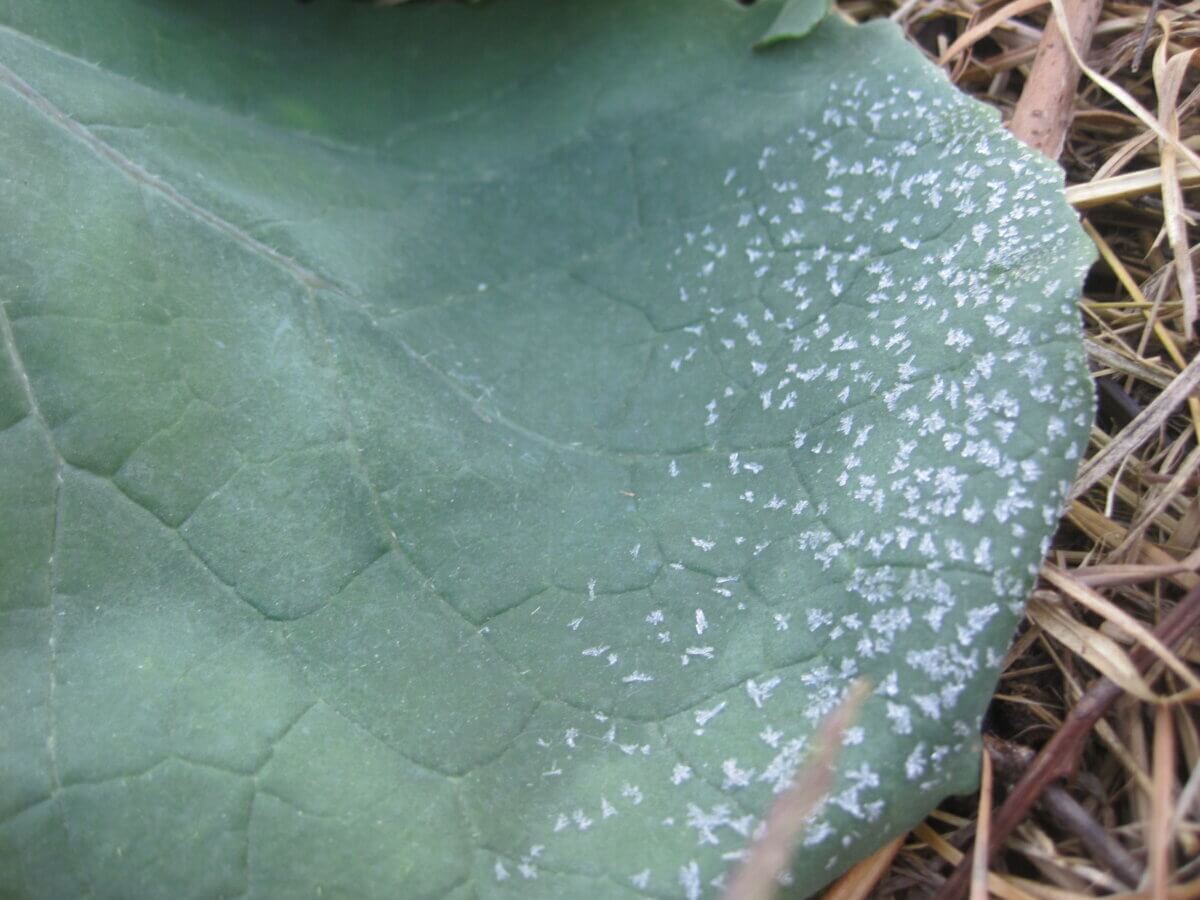
Eventually, the frost does hit, the tomatoes, eggplants, and peppers succumb, and there’s a sigh of tension relief, tinged with loss and farewell. With the end of the heat-loving plants, fall has truly arrived, and it’s time to transition the garden from summer productivity to winter stasis.
I know some folks just walk away from their food plot (and leave it in whatever state it lands) through the winter, but that will give you a lot of work come spring, and in the meantime, leave your garden exposed to winter’s degrading fury. Uncovered soil gets compacted, eroded, and a head start on early spring weed infestation. Though you may feel a bit gardened-out once the leaves start to fall, a bit of thoughtful maintenance will save you work in the spring. Furthermore, it will reward you with garden beds that are already prepared to wake up, rather than lazing in a state of abandoned neglect.
So all that said, here are some of the ways you can tuck your garden in, snug, clean, and safe before the blizzards start to blow and the drifts pile up.
1. Clean Out Dead Plants
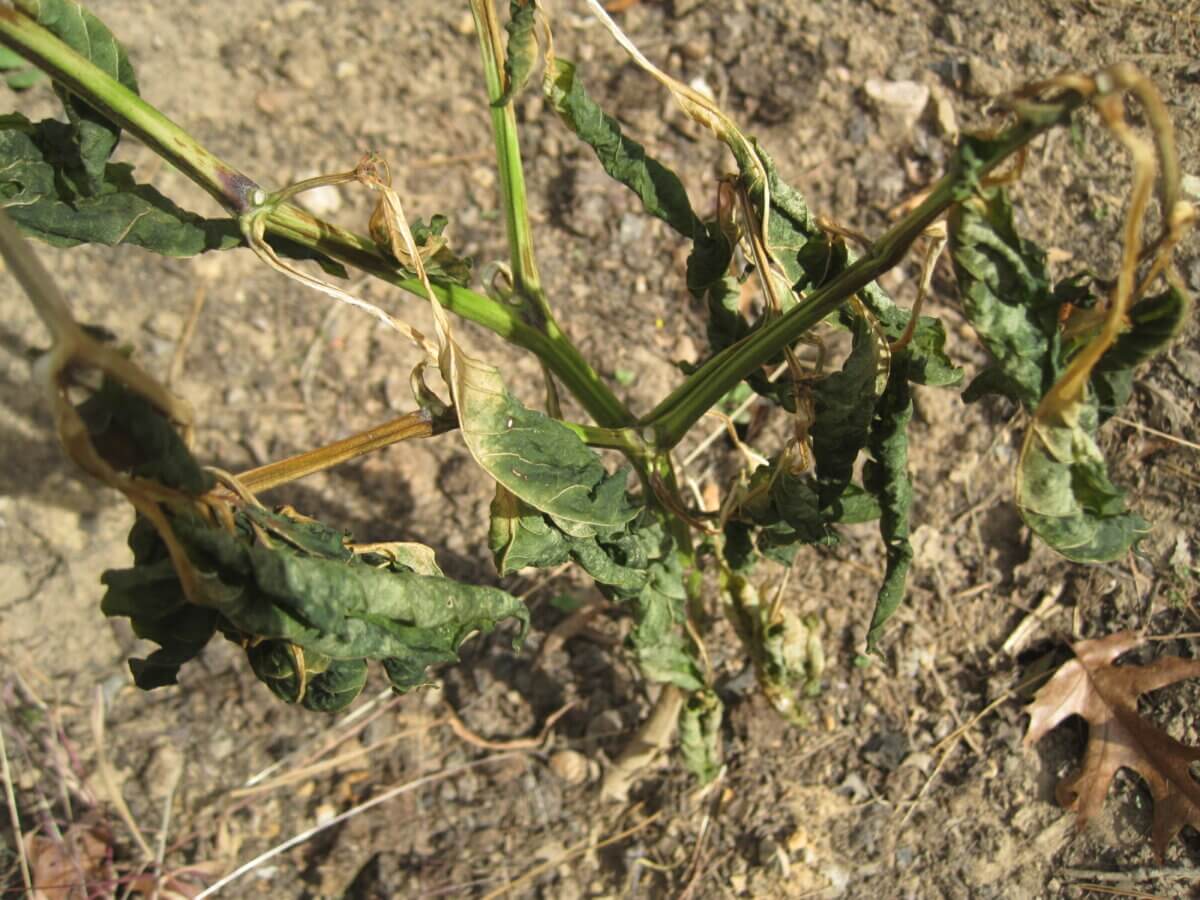
The wilted and dried-out remains of the summer squash, tomatoes, and cucumbers may look depressing to you, but most insects see them as a glitzy, 4-star winter hotel. Any amount of leafy shelter may harbor overwintering pests, so your best bet for the freshest spring start is to clear out everything to bare ground and remove all dead plant material. All plants that were healthy can go into the compost pile and give you one last harvest of fertility in a few months.
2. Burn Diseased Plants
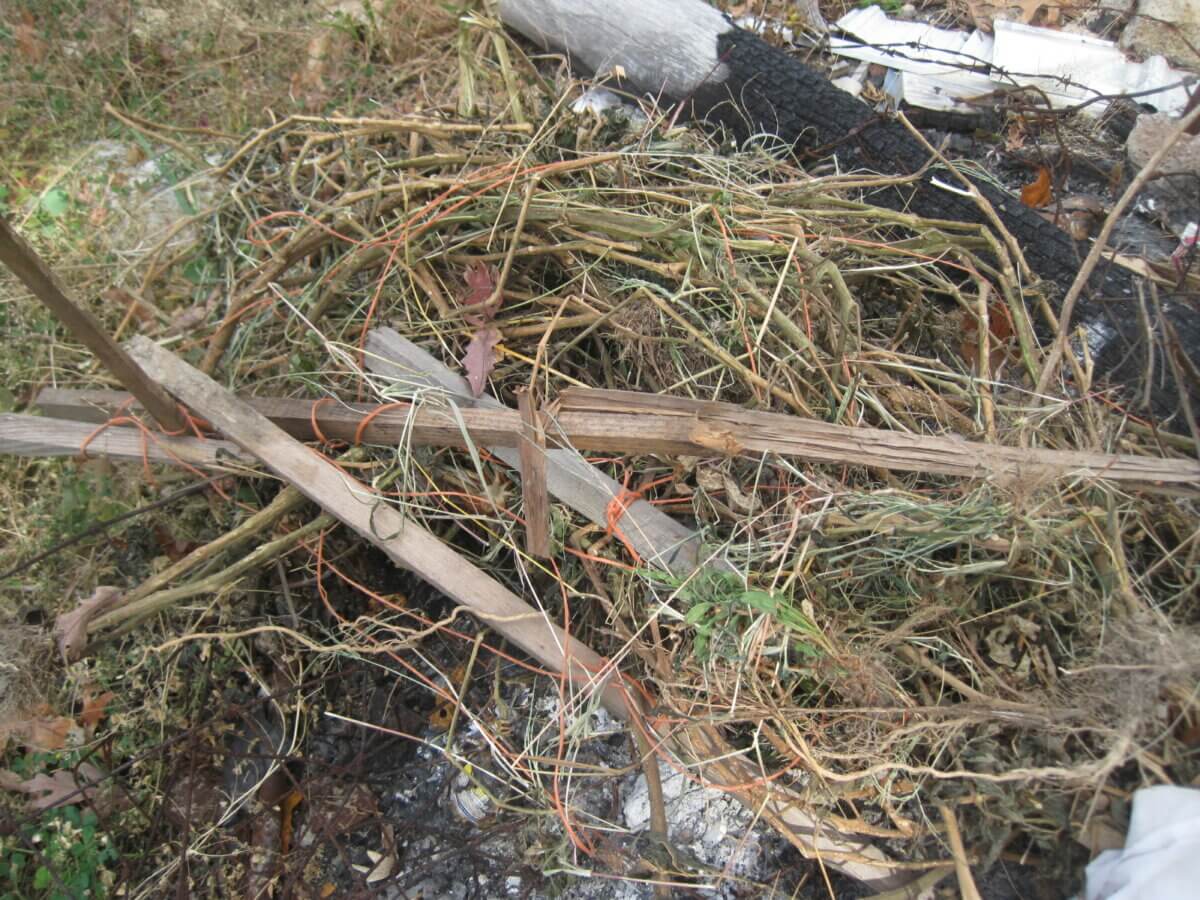
If you find that some of your plants were sick through the summer — suffering from bacterial wilt, mold, crown wilt, black spot, or any other disease, don’t compost those poor things. Consign their contagiousness to a nice autumn fire and spare your garden from getting reinfected from the compost. Be sure to note which beds had disease, and plant an entirely different crops there in the spring.
3. One Last Weeding
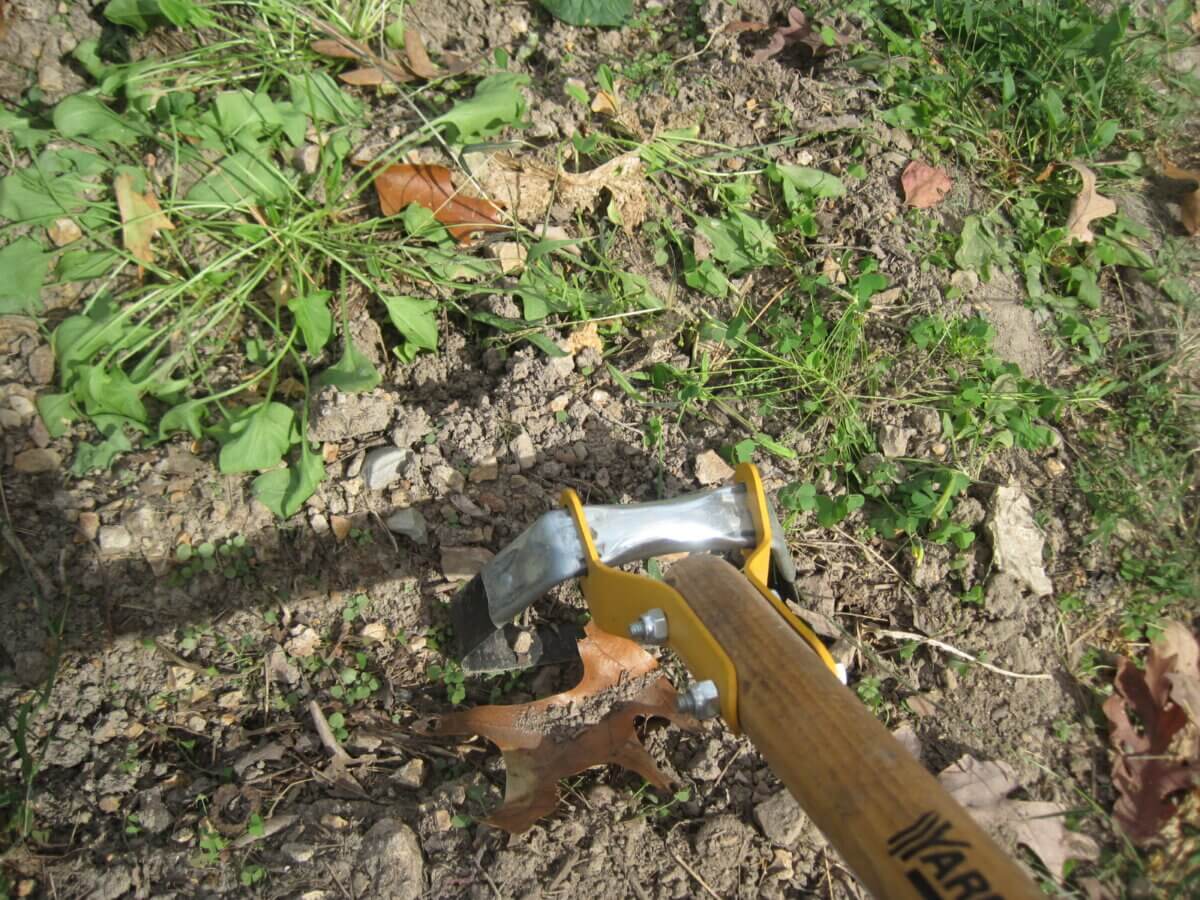
Once all the dead plants have been removed, it is a great time to tidy up those beds thoroughly. I usually take a scuffle hoe to each bed and clean it like I’m using a dusty eraser. When the last clumps of stubborn grass and sheep sorrel have been removed, each space of the garden feels like a nice, blank canvas again, just waiting to be prepared for a new masterpiece.
4. Fertilizing
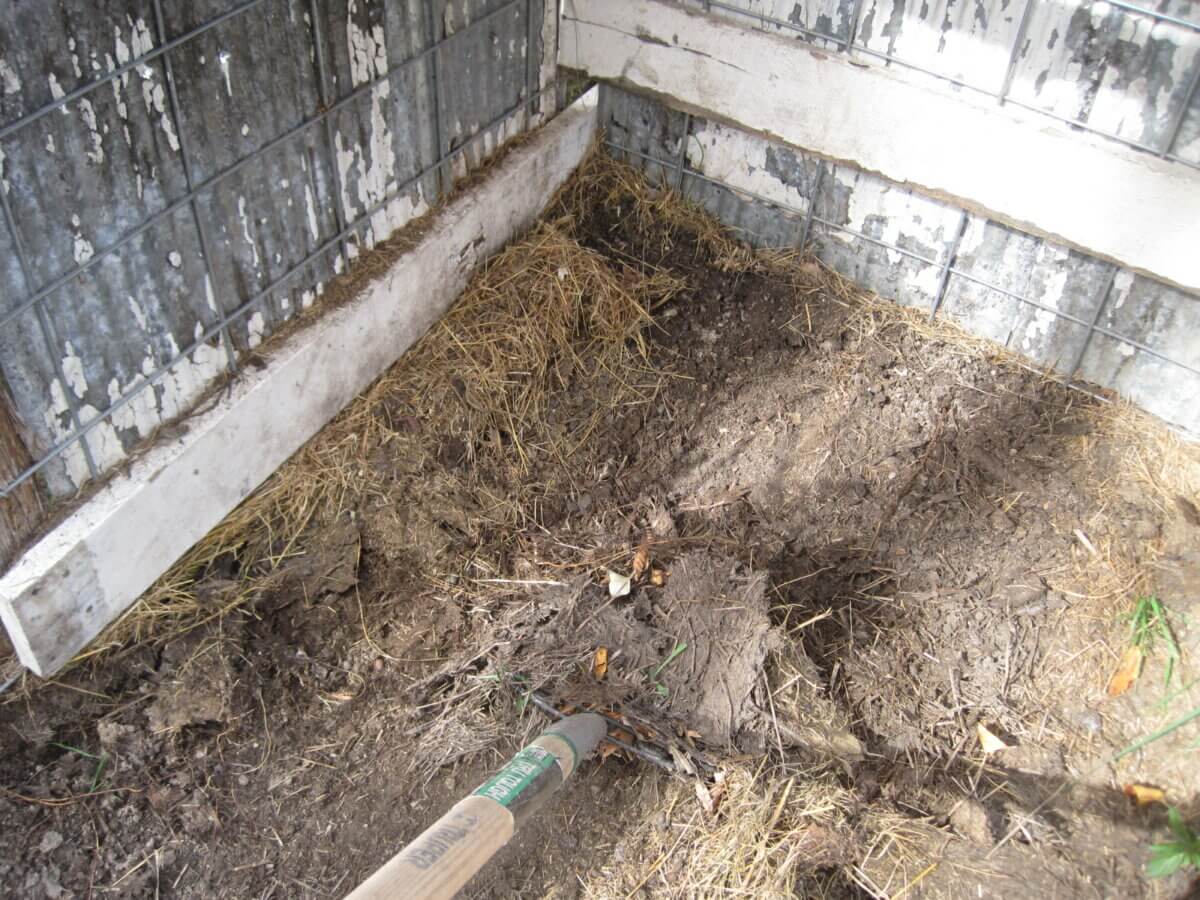
After you have a totally cleared bed, the fall cleanup is a fantastic time to lay down a layer of manure fertilizer to replenish the soil. I turn to my barn and chicken coop to assist me in this endeavor. In this case, it doesn’t matter if manure is fully matured — even fresh poultry droppings aren’t a problem. They’ll break down slowly through the quiet winter, nourishing your soil in preparation for another gardening adventure.
5. Mulching or Cover Crops
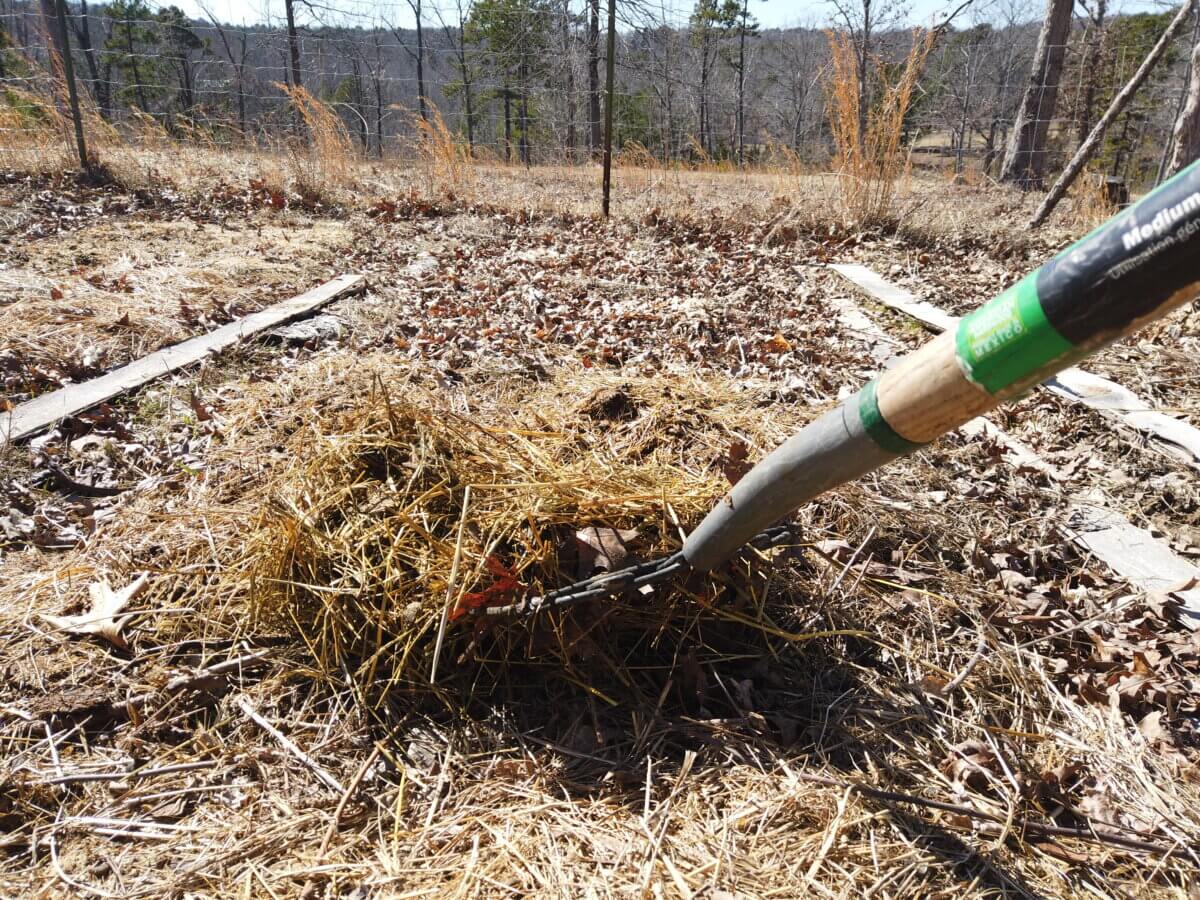
When manure or compost has been applied, it’s time to cover those hard-working beds with a nice quilt of mulch. Pretty much any dry plant material can work. I often use soiled barn bedding, straw, or dried leaves. A note on the leaves, though: They work best if they’ve been wetted and matted together with fungus for a few weeks. Otherwise, they just blow away in the fall winds. This layer of mulch will not only break down into additional soil fertility, it will protect your soil’s tilth by mitigating the pounding, compacting effect of fall rains, winter blizzards, and early spring downpours.
A second option, instead of mulch, is to plant a fall cover-crop to protect your garden through the winter. Hairy vetch, barley, and ryegrass have all been used to stand watch over slumbering garden beds with good results (and free mulch, come spring). You can peruse a much more detailed article on that process here.
6. Overwintering
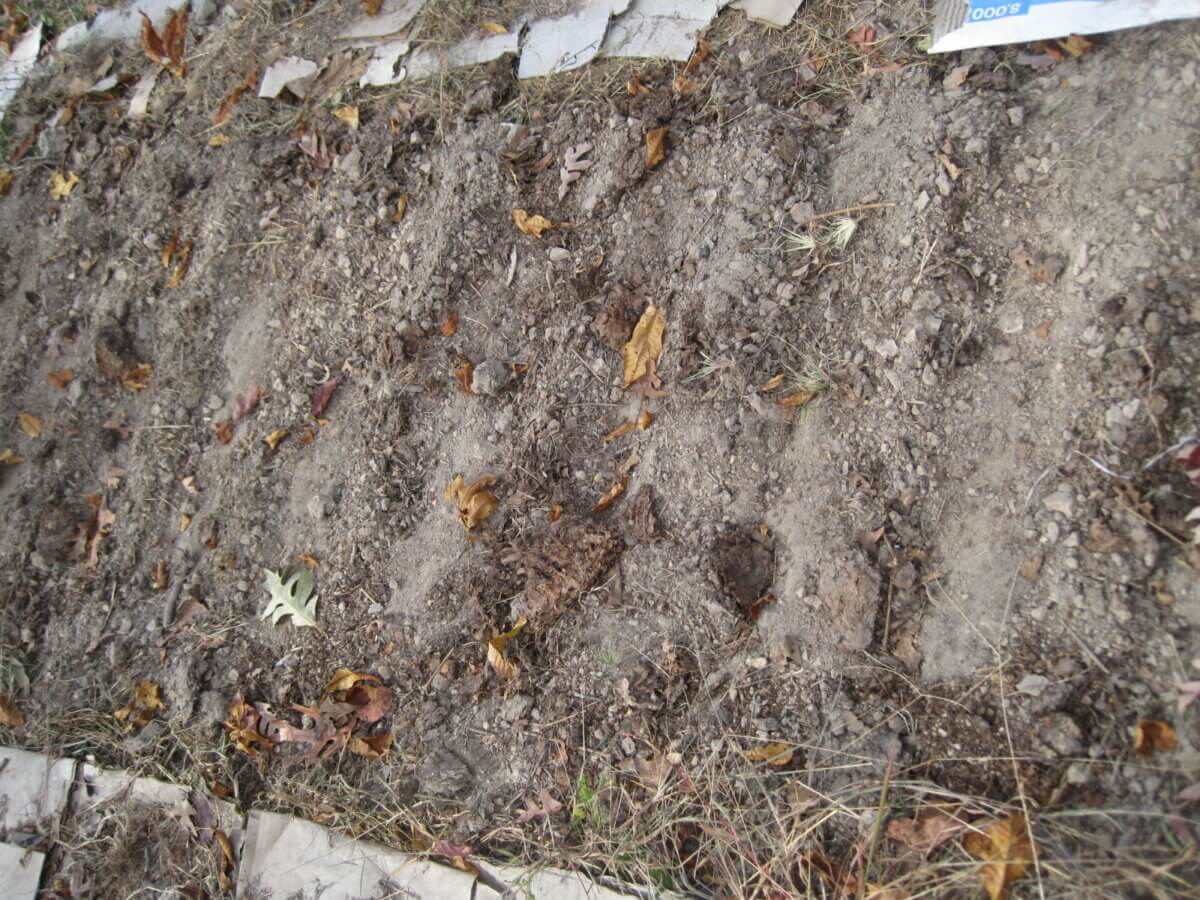
Of course, not every garden bed needs to rest abandoned and silent. In many growing regions, fall is actually an undercover spring planting time. In my zone 6b garden, I use October to plant my garlic, potatoes, kale, and onions. Knowing that they’re hidden in the ground, waiting through the winter just like I am, makes me feel less forlorn when the garden plot is covered by snow and the wind is whipping ice crystals into my face during morning chores. It’s like burying a bit of hope. Come spring, those first shoots of brave, emerging garlic warm my heart nearly as effectively as the woodstove.
Fall is also an important time to prepare biennials to overwinter in the ground, if they can survive your winters (otherwise, they’ll fare far better in the root cellar). Clip the leafy tops off roots like winter radishes, beets, and turnips. They are good eating, and they’ll dissolve into wilted black waste if you leave them out in the cold too long. Pile a nice layer of mulch over top and keep them protected through the winter, anticipating that mice may steal a few. In spring, if they survived, they’ll use their stored energy to shoot out a flower stalk and reward your care and patience with a harvest of seeds for future plantings. The nuances of this critically important, yet often dangerously under practiced, discipline of seed saving are beautifully detailed in Suzanne Ashworth’s Seed to Seed, available to read and learn from for free at this link.
You can also learn more about biennial seed-saving on the Seed Savers Exchange website.
7. Note-Taking
I highly recommend keeping a garden journal all through the year. It is one of my most important tools and greatest aids for crop rotation, remembering when to plant what in my own specific microclimate, and keeping track of both successes and failures. With a garden journal full of your own specific information, each year has the potential to be better than the last.
If, however, you forgot to keep track during the summer, do your best now to jot down what was growing where before you forget. A single page map that details plant type and location will be a big help when spring comes and you can’t quite recall which bed or row the tomatoes were growing in last year.
8. Tool Maintenance
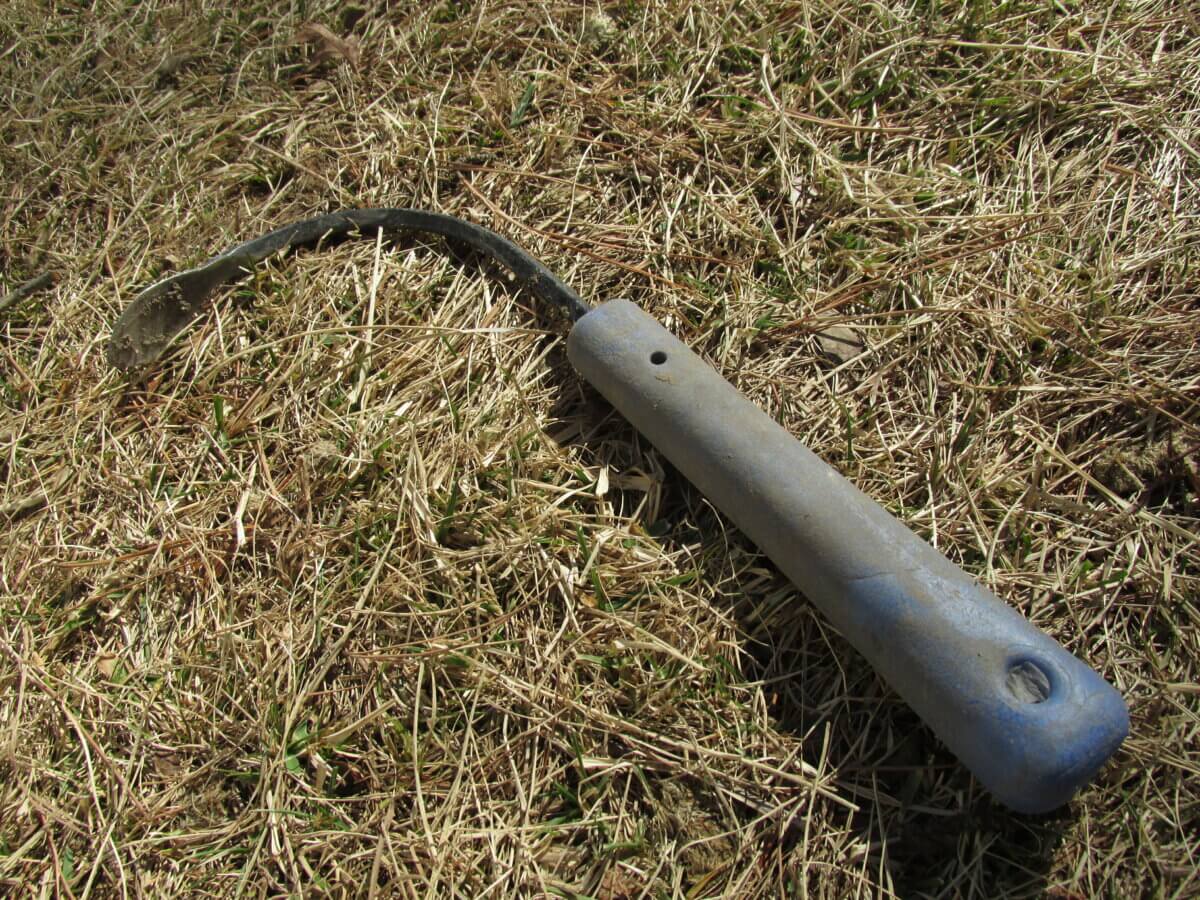
Once the garden has been put to sleep, there’s one last place where some TLC will be appreciated. Head over to the tool box, potting shed, or garage where you store all your garden tools. The inactive winter is an excellent time to stack up empty flower pots (upside down, so they don’t collect melted snow and break), brush the dust off your spades and hang them up, sharpen and oil the blades on your pruners, and give a bit of long-overdue attention to any other tools. There’s a sincere sense of satisfaction when you can close the door on a season of work with well-kept tools and implements hung in storage, waiting for the next season and the go-ahead to work with you again.
As fall winds down, the nights will get longer, the wind’s chill sharper, and the sight of a cozy fire inside all the more inviting. After all this shut-down work, I hope you can put up your feet, grab something warm and pleasant to drink, and dream through some seed catalogs as you plan for next year. Well before the thaw finally comes, I bet your green thumbs will get to itching, and that is exciting when you know the garden is protected, ready, and waiting for the sun to bring it back to life.


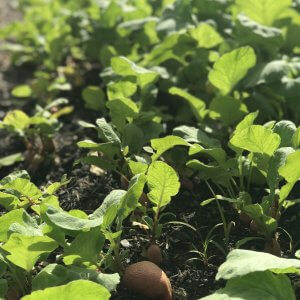
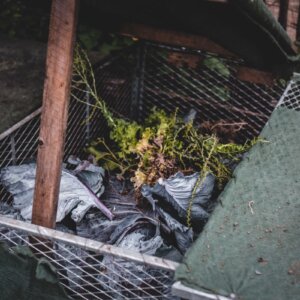

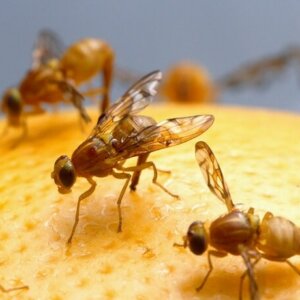


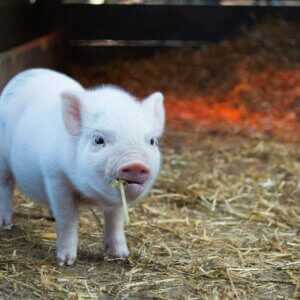
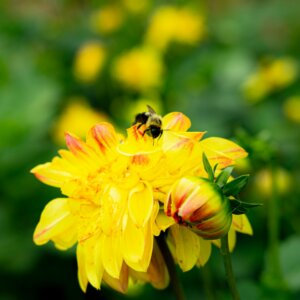
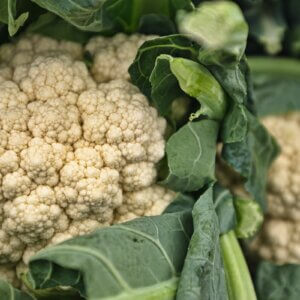


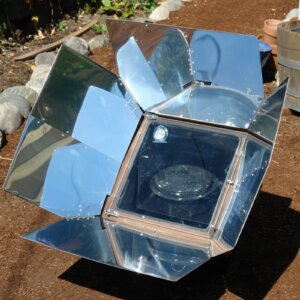



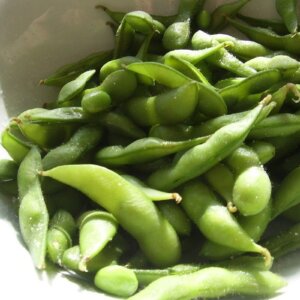
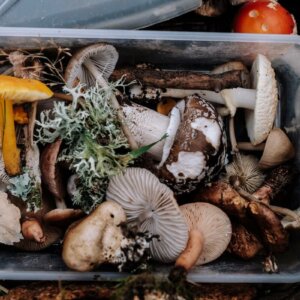
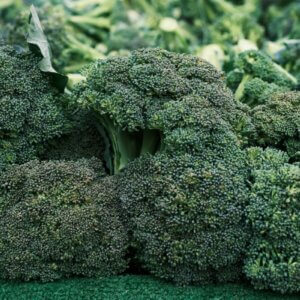

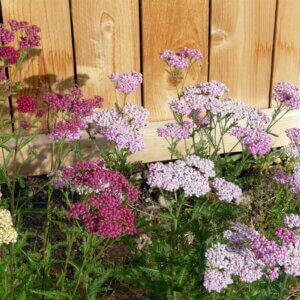

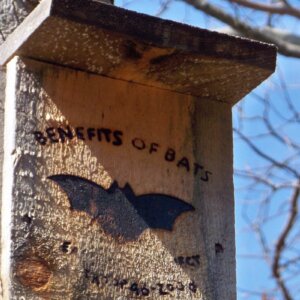



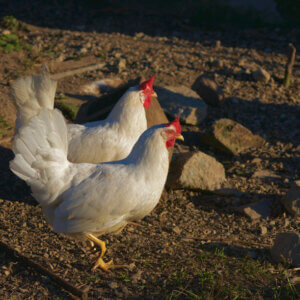
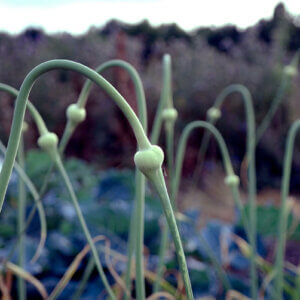

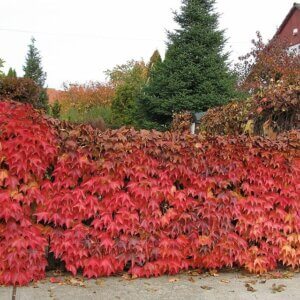




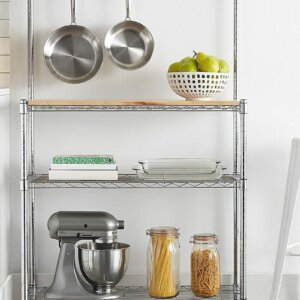
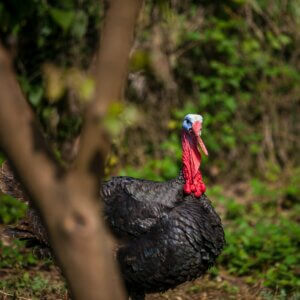
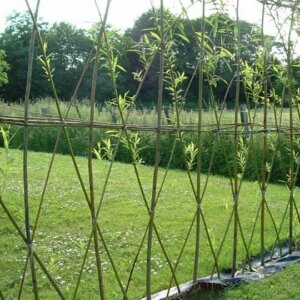




Leave a Reply